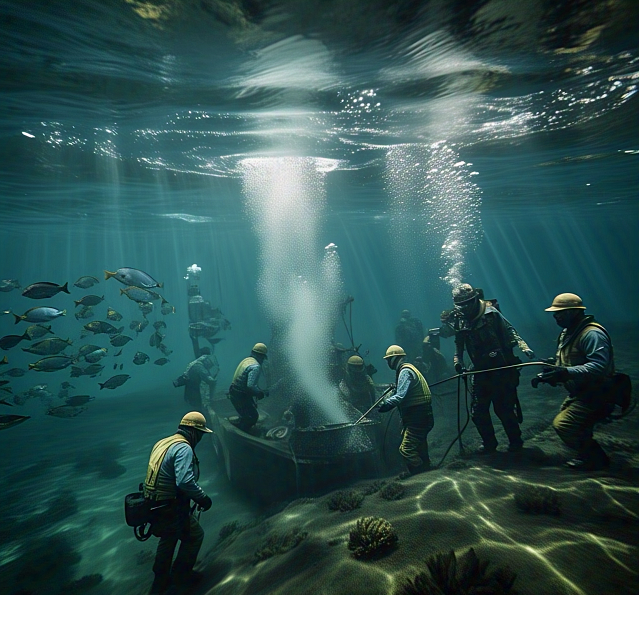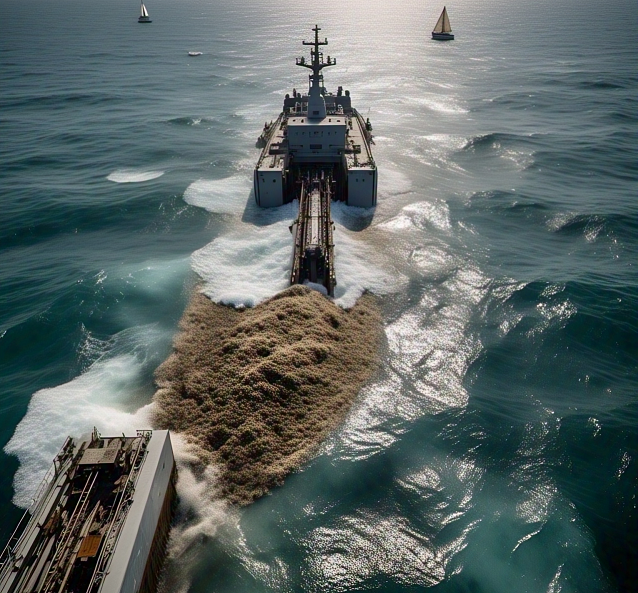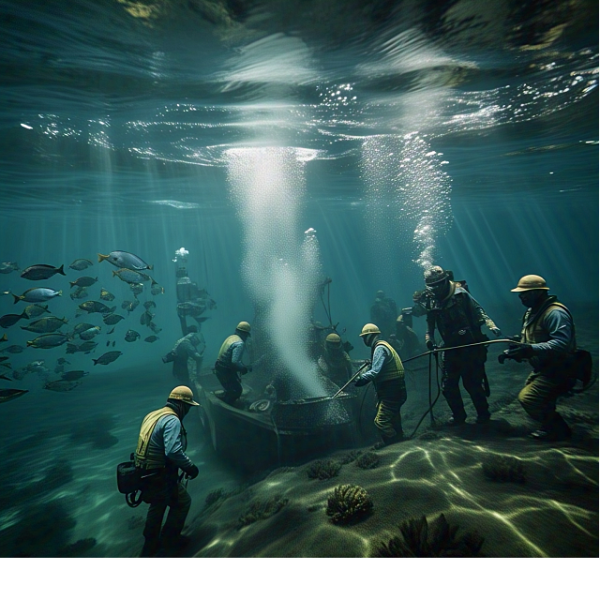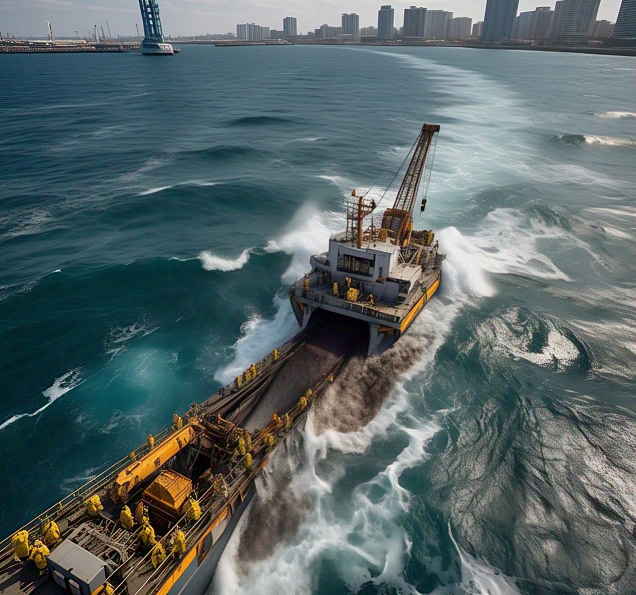The world's oceans face a growing threat from pollution, especially from oil spills and solid waste like plastics, fishing gear, and industrial debris. Sea clearing is a vital environmental effort focused on cleaning up these pollutants to safeguard marine ecosystems and coastal communities.
One of the most dangerous pollutants is oil, which can leak from tankers, drilling rigs, and pipelines. When spilled into the sea, oil spreads quickly, harming marine life, coating bird feathers, poisoning fish, and destroying habitats. Cleanup efforts involve several methods:
- Skimming: using boats equipped with devices to collect oil from the water surface.
- Booms: floating barriers that contain the spread of oil.
- Dispersants: chemicals that break down oil into smaller droplets for easier biodegradation.
- Bioremediation: using microbes to naturally consume oil pollutants.
In addition to oil, solid waste—especially plastics—poses a severe risk. Manual collection, underwater drones, and community-led cleanups help remove these "dirties" from beaches and waters. Organizations and governments also deploy waste-trapping systems at river mouths to prevent trash from reaching the sea.
Sea clearing is more than just cleaning up—it's about preserving the ocean’s health for future generations. It requires collaboration between nations, the private sector, and citizens to minimize pollution sources and respond quickly to marine contamination events.




